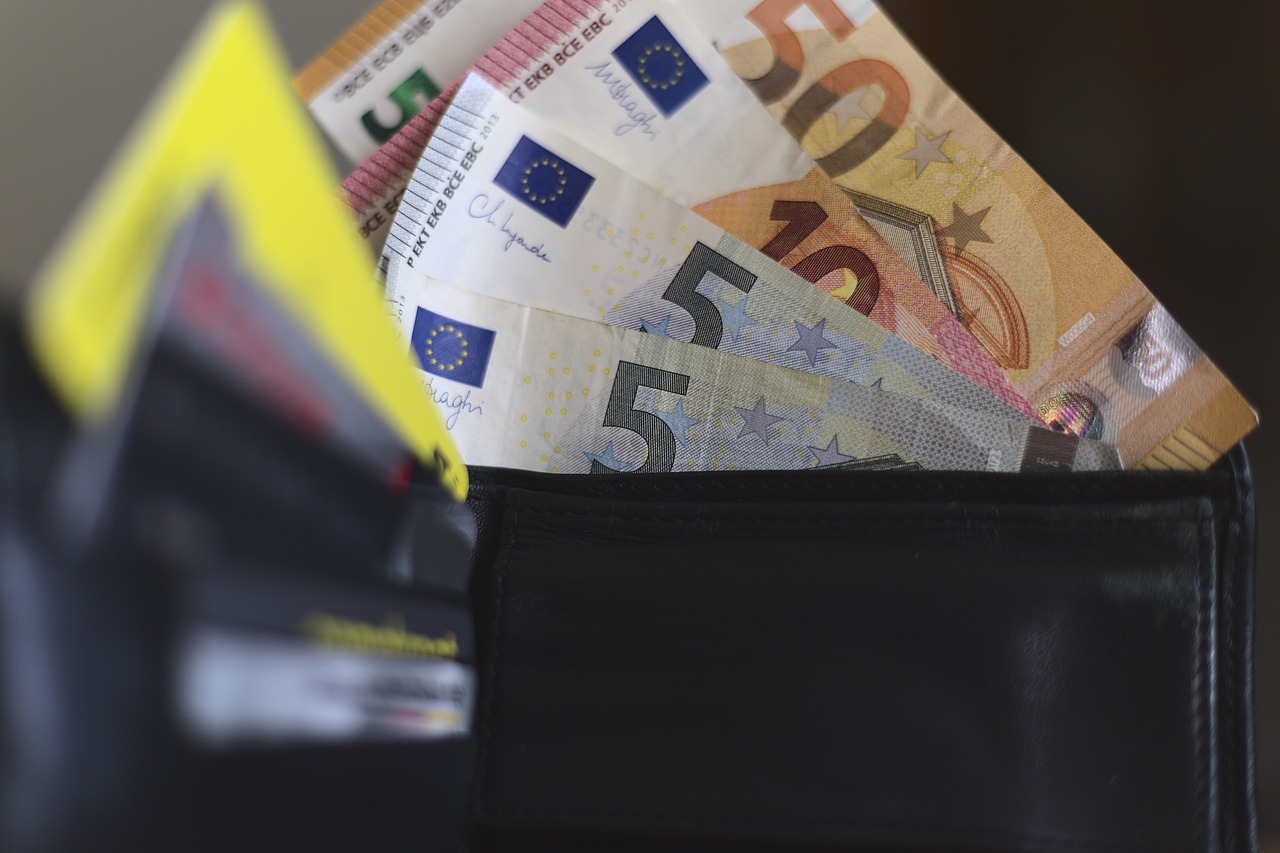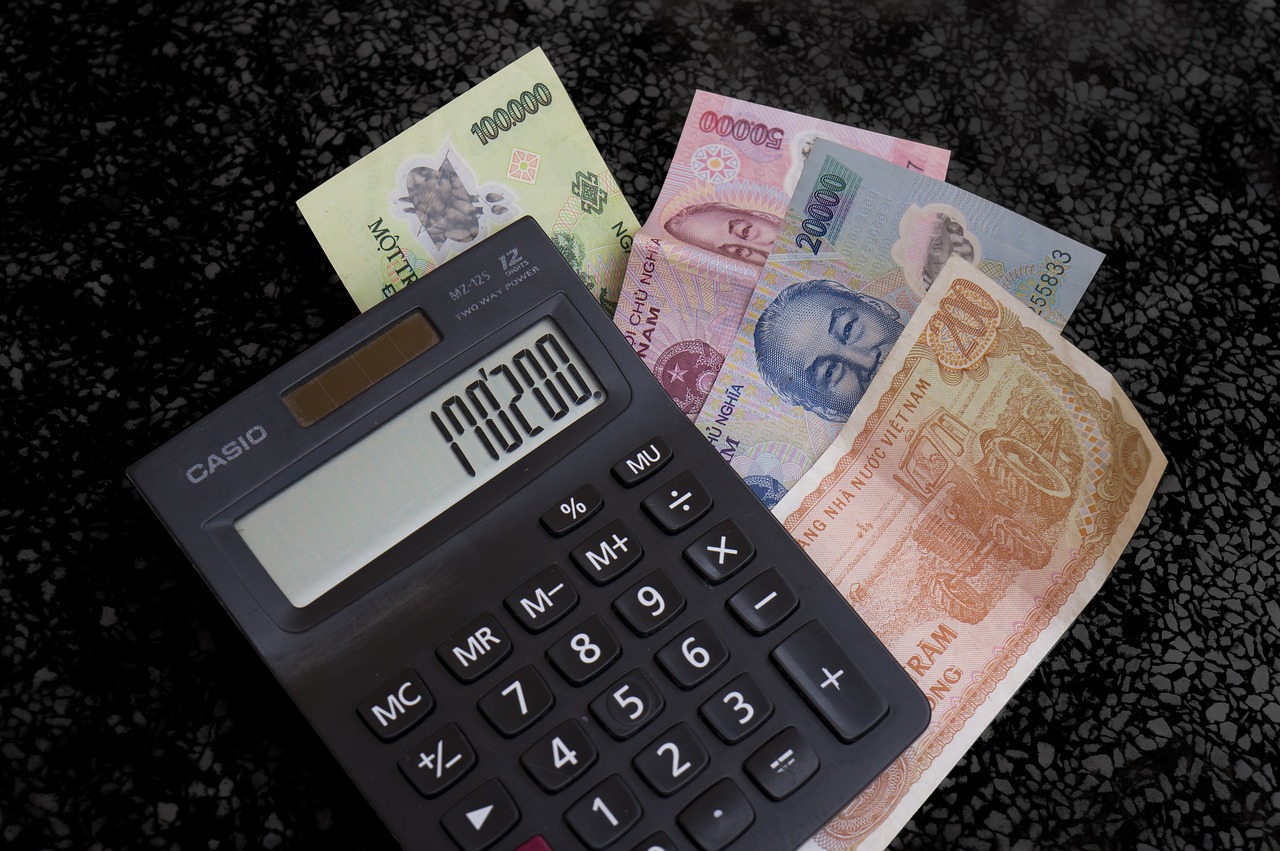Uncovering the Most Economical Way to Send Money to Spain: A Guide to Finding the Best Method for Your Payments
GPT_Global - 2024-03-05 00:30:02.0 1115
Is it more economical to send money to Spain in euros or in my home currency?
When sending money to Spain from abroad, one of the most frequently asked questions is whether it is more economical to send money in euros or in your home currency. The answer to this question is not straightforward and depends on various factors.
Firstly, it is important to consider the exchange rate between your home currency and the euro. If your home currency has a strong exchange rate against the euro, then it may be more economical to send money in your home currency. This is because the recipient in Spain will receive more euros for the same amount of money compared to if you were to send it in euros directly.
However, if the exchange rate is unfavorable, it may be better to send money in euros. You will need to compare the exchange rates offered by different remittance providers to determine the most cost-effective option.
Another factor to consider is the fees charged by the remittance provider. Some providers may have lower fees for sending money in euros, while others may charge lower fees for sending money in your home currency. Make sure to research and compare the fees before making a decision.
It is also important to consider the recipient's preference. If they prefer to receive money in euros, then it may be better to send money in euros even if it is slightly more expensive. This will save them from having to convert the currency themselves and potentially incurring extra fees in the process.
In conclusion, whether it is more economical to send money to Spain in euros or in your home currency depends on the exchange rate, fees, and recipient's preference. It is important to research and compare different options to find the most cost-effective and convenient method for sending money to Spain.

Are there any restrictions on the types of payments that can be made when sending money to Spain?
When sending money to Spain through a remittance business, there are certain restrictions on the types of payments that can be made. These restrictions are in place to prevent fraudulent activities and ensure the safety of both sender and receiver. Here are some important things to keep in mind when making international transactions to Spain:
1. Limit on cash payments: In Spain, cash payments above €2,500 are not allowed to be sent or received. This is to prevent money laundering and other illegal activities. If you need to transfer more than that amount, it is recommended to use electronic methods such as bank transfers or online payment services.
2. Personal checks: Personal checks are not accepted as a form of payment when sending money to Spain. This is due to the high risk of fraud associated with checks. It is best to use secure and reliable methods of payment such as wire transfers or debit/credit cards.
3. Credit/debit cards: Major credit and debit cards such as Visa, Mastercard, and American Express are widely accepted in Spain. However, it is important to inform your card issuer before using it for international transactions to avoid any issues with security measures.
4. Bank transfers: Bank transfers are one of the most popular and secure ways to send money to Spain. However, depending on the bank, they may charge high fees for international transfers. It is important to compare fees and exchange rates before choosing a bank for your transaction.
5. Online payment services: Online payment services such as PayPal, TransferWise, and WorldRemit have become popular options for international transactions. They offer competitive exchange rates and low fees, making them a convenient choice for sending money to Spain.
Conclusion: It is important to be aware of these restrictions when sending money to Spain through a remittance business. Always choose secure and reliable methods of payment, and compare fees and exchange rates to get the best deal for your transaction. By following these guidelines, you can ensure a smooth and safe transfer of funds to Spain.
Can I save money by using a mobile money transfer app for sending money to Spain?
In today's digital age, there are numerous options for sending money abroad, from traditional bank transfers to online money remittance services. One option that has gained popularity in recent years is the use of mobile money transfer apps for sending money to Spain. These apps offer a convenient and cost-effective way to send money to your loved ones living in Spain.
One of the major advantages of using a mobile money transfer app is the cost savings. Traditional international bank transfers can often come with high fees and unfavorable exchange rates. With a mobile app, you can often send money at a lower cost, with transparent and competitive exchange rates. This can result in significant savings on your remittance transactions.
Another benefit of using a mobile money transfer app is the convenience factor. These apps allow you to send money anytime, anywhere, as long as you have an internet connection. This means you can easily send money to Spain from the comfort of your own home or while on the go. Plus, most apps have user-friendly interfaces, making it easy for anyone to use, even if you are not tech-savvy.
Security is also a key concern when it comes to sending money abroad. Mobile money transfer apps use advanced encryption technology to keep your personal and financial information safe. Some apps also offer additional security features, such as two-factor authentication, to provide an extra layer of protection.
Lastly, using a mobile money transfer app for sending money to Spain can also be faster than traditional methods. With just a few clicks, your recipient can receive the funds instantly, eliminating the wait time associated with bank transfers. This can be especially helpful in urgent situations where your loved ones may need immediate financial assistance.
In conclusion, using a mobile money transfer app for sending money to Spain can save you both time and money. With its low costs, convenience, security, and speed, it is a great option for those looking to make international remittance transactions. So why not give it a try and see the benefits for yourself?
Are there any risks associated with using a low-cost method to send money to Spain?
The remittance business is a crucial part of the global economy, with millions of people relying on it to send money back home. With advancements in technology, there are now many low-cost methods available for sending money internationally, including to Spain. However, like any financial transaction, there are risks associated with using these methods.
One of the main risks of using a low-cost method to send money to Spain is the potential for fraud and scams. These methods may not have the same level of security and protection as more traditional methods, making it easier for scammers to take advantage. It is important to carefully research and choose a reputable and secure platform or service provider when sending money abroad.
Another risk is the potential for hidden fees and exchange rate markups. While the initial cost may seem low, some providers may have additional fees that are not made clear upfront. Additionally, the exchange rates used by these methods may not be as favorable as other options, resulting in the recipient receiving less money than expected.
There is also the risk of technical issues and delays. Low-cost methods may rely heavily on technology, and if there are any glitches or outages, it could disrupt the transfer of funds and cause delays. This can be particularly problematic if the recipient urgently needs the money.
Lastly, there is a risk of limited or no customer support. Some low-cost methods may not have a dedicated customer service team or may only offer limited support. This can be frustrating and stressful, especially if there are any issues or questions that need addressing during the transfer process.
In conclusion, while low-cost methods may seem like an attractive option for sending money to Spain, it is important to weigh the risks against the benefits. It is essential to do thorough research and choose a reputable and secure provider to ensure a smooth and safe transaction. Additionally, it is always wise to have a contingency plan in case of any unexpected issues or delays.
Is there a limit on how frequently I can send money to Spain without incurring extra fees?
Are you looking to send money to Spain on a regular basis? As a remittance business, you may be wondering if there is a limit on how often you can make transactions without facing additional fees. The answer is yes, there is a limit, but it varies depending on the remittance service you are using.
Many remittance companies have a daily or monthly limit on the amount of money that can be sent without incurring extra charges. This limit is usually in place to protect both the sender and the receiver from potential fraud and money laundering activities. By placing a limit, remittance businesses can also manage their resources and ensure a smooth and efficient transfer process for all their clients.
The exact limit varies from company to company, so it's important to do your research before choosing a remittance service. Some companies may have a daily limit of $1,000, while others may allow up to $10,000 in a single transaction. Similarly, the monthly limit can range from $5,000 to $50,000. It's crucial to check with the remittance provider to determine their specific limits and plan your transactions accordingly.
In addition to the limit on how frequently you can send money, there may also be fees associated with each transaction. These fees can vary depending on the amount being sent, the currency conversion rate, and the chosen method of transfer. It's essential to factor these fees into your budget when sending money to Spain regularly.
If you need to send money to Spain frequently, it may be beneficial to explore options such as setting up recurring payments or scheduling bulk transfers to avoid constantly reaching your transaction limit. Some remittance companies offer discounts or waive fees for bulk transfers, making it an attractive option for those who need to make frequent transactions.
In conclusion, as a remittance business, there is a limit on how often you can send money to Spain without incurring extra fees. The limit varies depending on the remittance company and is put in place to protect both parties involved in the transaction. It's essential to research the limits and fees of different remittance services to find the best option for your specific needs.
Are there any hidden fees involved when sending money to Spain through a bank?
When sending money to Spain through a bank, many people are often concerned about hidden fees that may impact the total amount being sent. It is important to understand that most banks charge fees for international transfers, and this applies to sending money to Spain as well.
The first fee to consider is the transfer fee. This is the amount charged by the bank for processing the transaction. Different banks have different transfer fees, so it is important to compare rates before choosing which bank to use for sending money to Spain.
In addition to the transfer fee, some banks also charge a currency conversion fee. This fee is applied when the sender's account is in a different currency than the recipient's account. Banks typically mark up the exchange rate, resulting in additional fees for the sender.
Another potential hidden fee is the intermediary bank fee. Certain banks use intermediary banks to facilitate international transfers. In such cases, the intermediary bank will charge a fee for their services, which can increase the overall cost of the transaction.
Lastly, some banks may also charge a receiving fee. This fee is applied by the recipient’s bank upon receiving the funds. Although not all banks have this fee, it is important to check with the recipient's bank beforehand to avoid any surprises.
To avoid any hidden fees, it is recommended to use a remittance service provider instead of a traditional bank. Remittance companies offer lower transfer fees, competitive exchange rates, and transparent transaction costs. These companies specialize in international transfers and are more cost-effective for sending money to Spain.
In conclusion, when sending money to Spain through a bank, it is important to consider all the potential fees involved. Choosing a remittance service provider can be a more affordable and transparent option for international transfers. With careful research and comparison, individuals can minimize hidden fees and save money when sending money to Spain.
Can I negotiate lower fees when sending large amounts of money to Spain?
When sending large amounts of money to Spain through a remittance service, it is natural to want to get the best deal possible. This may include negotiating lower fees to save on costs. Is it possible to negotiate lower fees for remittances to Spain? The answer is yes, but it depends on a few factors.
Firstly, it is important to understand that remittance fees are generally based on a fixed percentage of the total amount being sent. This means that the larger the amount, the higher the fees will be. However, some remittance providers may be willing to offer discounts or special rates for large transactions. It never hurts to ask and see if there are any discounts available for your specific situation.
Another factor that may affect your ability to negotiate lower fees is the currency exchange rate. If you are sending money in a currency that is not commonly used in Spain, you may be subject to additional fees and higher exchange rates. In this case, it may be worth shopping around and comparing different remittance providers to find the most favorable exchange rate and fee structure for your transaction.
Lastly, your relationship with the remittance provider can also play a role in negotiating lower fees. If you are a loyal customer and have a history of sending large amounts of money through their services, they may be more inclined to offer discounts or lower fees as a gesture of appreciation. It is always worth mentioning your customer loyalty and seeing if there are any special rates available.
In conclusion, while it may not be easy to negotiate significantly lower fees for remittances to Spain, it is still worth exploring your options and trying to get the best deal possible. Keep in mind the factors mentioned above and don't be afraid to ask for discounts or special rates. Every little bit saved can make a difference when sending large amounts of money through the remittance process.
Are there any alternative options for sending money to Spain that may be more cost-effective?
When sending money to Spain, it is important to consider the cost and fees associated with different transfer options. While traditional methods such as bank transfers or wire transfers may seem like the obvious choice, there are alternative options that could be more cost-effective.
One alternative option is using a remittance service. These services specialize in international money transfers and often have lower fees and better exchange rates compared to banks. They also offer convenient and fast transactions, usually within a few hours.
Another option is using a peer-to-peer (P2P) payment platform. P2P platforms allow users to transfer money directly to each other without going through a bank or third-party. This reduces the fees involved and typically offers competitive exchange rates.
Cryptocurrency is also gaining popularity as a cost-effective option for international money transfers. With low fees and instant transactions, cryptocurrencies like Bitcoin are becoming a viable option for remittances to Spain. However, it is important to research the exchange rates and potential risks involved before using this method.
In addition to these alternative options, it is also worth considering online money transfer providers. These companies often offer lower fees and better exchange rates than traditional banks. They also have the advantage of being able to send money directly to a recipient's bank account or mobile wallet, making the process even more convenient.
In conclusion, when looking to send money to Spain, it is important to explore alternative options that could potentially save you money on fees and offer better exchange rates. From remittance services to P2P platforms and online money transfer providers, there are various cost-effective options available for sending money internationally.
About Panda Remit
Panda Remit is committed to providing global users with more convenient, safe, reliable, and affordable online cross-border remittance services。
International remittance services from more than 30 countries/regions around the world are now available: including Japan, Hong Kong, Europe, the United States, Australia, and other markets, and are recognized and trusted by millions of users around the world.
Visit Panda Remit Official Website or Download PandaRemit App, to learn more about remittance info.



